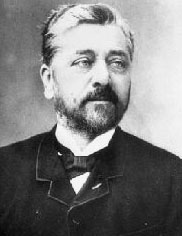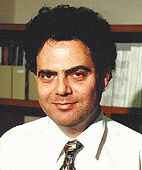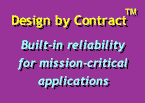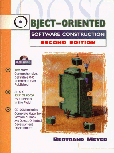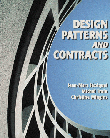Object-Oriented Software Construction,
second edition is the
comprehensive reference on all aspects of object technology, from design principles to O-O
techniques, Design by Contract, O-O analysis, concurrency, persistence, abstract data
types and many more. Written by a pioneer in the field, contains an in-depth analysis of
both methodological and technical issues. Two-color printing provides for clear figures
and readable software extracts.
Comes with a CD-ROM containing:
the complete hyperlinked text, for easy reference; software to read the text on major
industry platforms; supplementary material (reusable components, mathematical
complements); and a complete graphical O-O development environment supporting the concepts
of the book.
